
Jaguar XJ13 replica
Story and Photos by Steve Temple
Integrating engineering with aesthetics was aptly summed up by famed designer R.J. Mitchell in his observation about his remarkably successful WWII-era Spitfire fighter plane: “If it looks right it probably is right.”
That also sums up the shape of the Jaguar’s stunning yet solitary XJ13, the race car that never was. The intent to race always lurked in the background — or even the foreground. The car’s designer was another famous British aerodynamicist, Malcolm Sayer. He clearly followed Mitchell’s dictum, as his prime concern was that a design “worked” both aerodynamically and visually. He referred to himself as an industrial designer and artist, rather than a “stylist” (a term he disdained, as it sounded akin to a hairdresser). Simply put, he could tell what would slice through the air.
After all, Sayer’s pedigree of Jaguar designs also included icons such as the C-Type, which won Le Mans in both 1951 and 1953, and is lauded for its lines to this day. Surpassing that creation in competition was his D-Type that won at Le Mans three times: 1955, ’56 and ’57. He then went on to develop the E-Type, a classic of 1960s British motoring that was enormously popular in the U.S. as well. Sadly, his illustrious career was cut short in 1970 by his death at the age of 53. His design of the XJS was introduced posthumously, and remained in production for 21 years.
Getting back to the XJ13, like its predecessors, Sayer intended this mid-engine missile for competition at Le Mans, and it manifested the same level of aerodynamic sophistication. Completed under tight wraps in 1966, driver David Hobbs established an unofficial closed-lap record in the XJ13 that held for 32 years.
Unfortunately, it was destined to become merely a footnote of Jaguar’s automotive history, after financial constraints and a rule change kept it off the track. Not only that, Ford’s sledgehammer 7-liter GT40 effectively rendered the car obsolete. Only one XJ13 was ever built, and it now resides at the British Motor Museum.
Fortunately, the replica world has no such constraints or rules governing it. A few different companies have recreated the car in the U.K. and Australia, but Race Car Replicas (RCR) is the sole producer here in the U.S.
The frame consists of an aluminum-alloy monocoque fitted with CNC-machined control arms that are similar in configuration to the original. The brakes are modern Wilwood units (six-piston front, four in the rear), and the car rolls on RCR’s custom wheels wrapped in Goodyear Bluestreak rubber.
While the original XJ13 had an aluminum body, RCR’s reproduction has been updated with a fiberglass body (albeit adorned with cosmetic “rivets” for an authentic look of an aluminum body).
For additional authenticity, RCR offers a Jaguar V12 engine option. While the original car has a displacement of 4,994 cc, the one shown here has a 380 hp, 5.3-liter Jaguar managed by a MegaSquirt ECU synchronizing individual throttle bodies, and fitted with custom headers (12 into four into two tubes).
A variety of transaxles and adaptors are available from RCR. This particular car runs a Getrag G50, from a Porsche 911.
RCR’s Fran Hall calls it a “race car for the road.” True enough, but to that we’d add yet another characterization: All told, this reproduction serves as a rolling tribute to a brilliant designer who created one of the most alluring and aerodynamic cars in history.

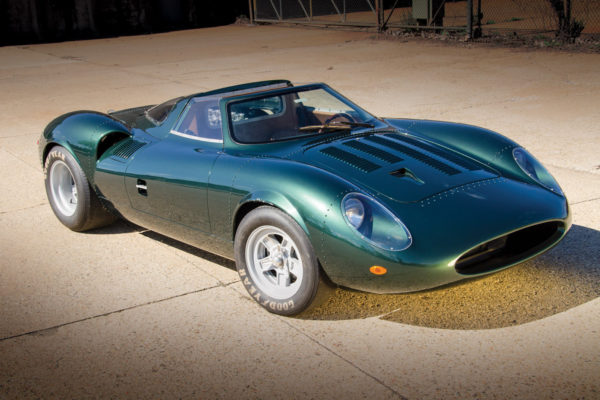
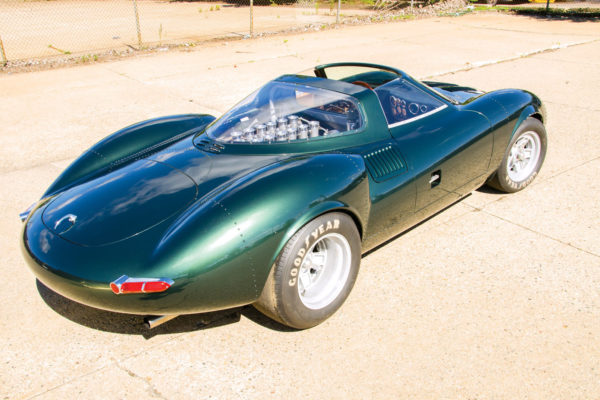
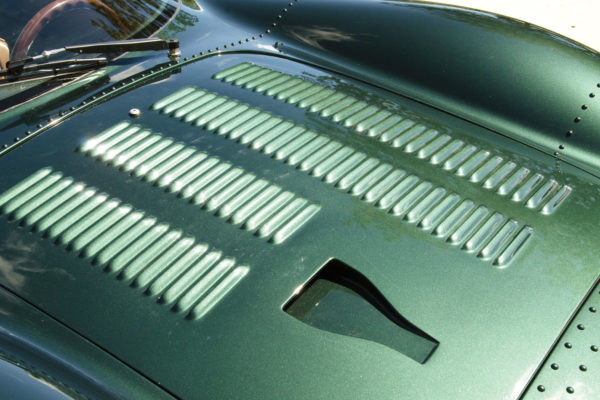
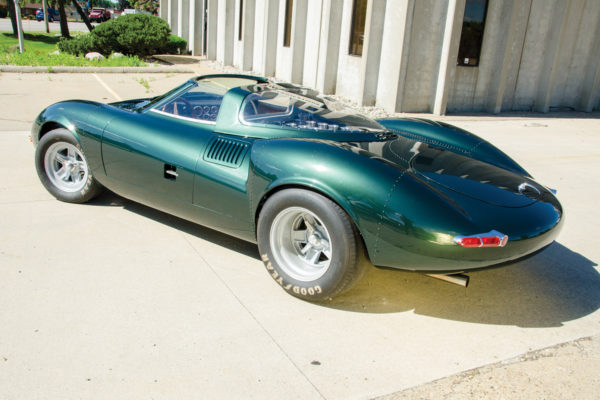
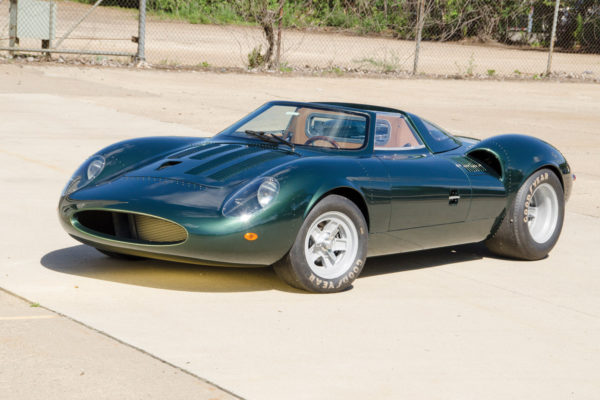
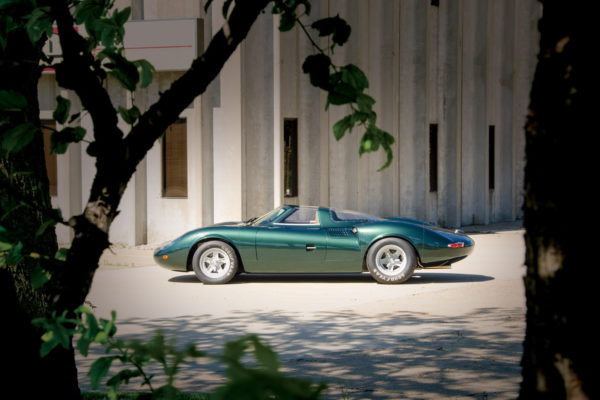
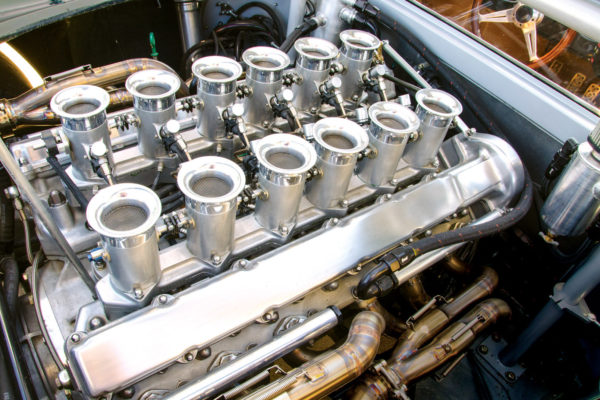
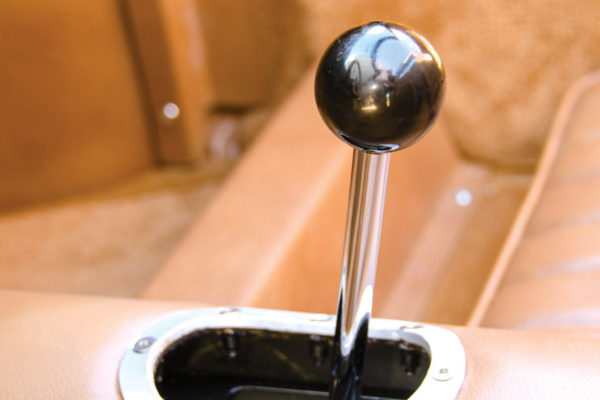
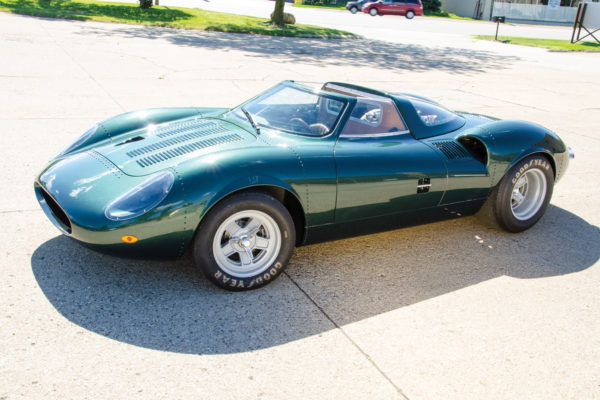
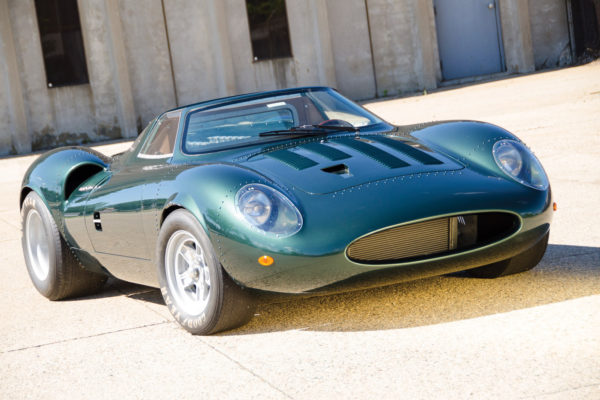
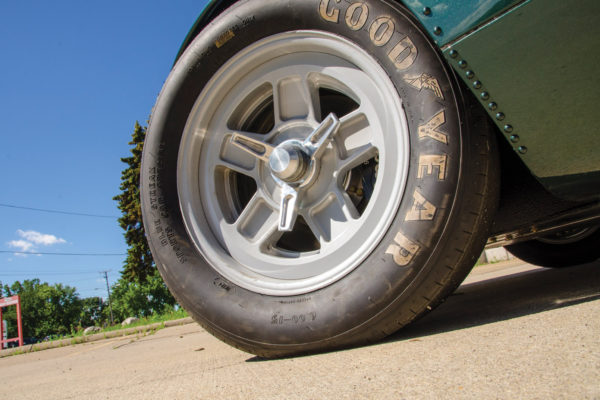
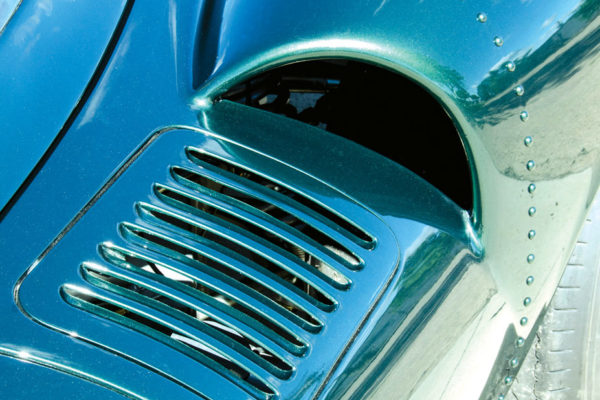
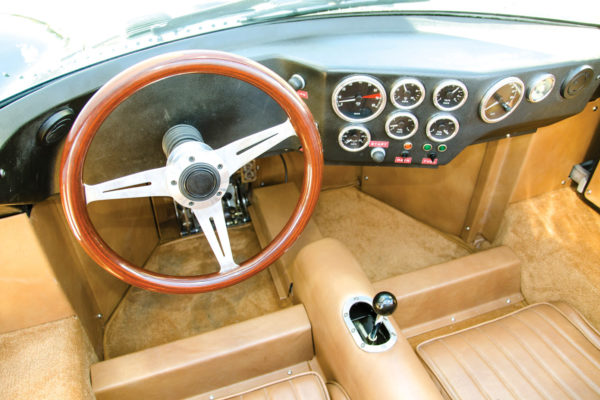
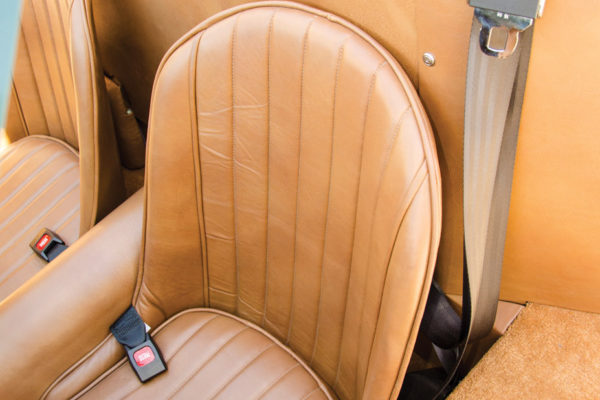
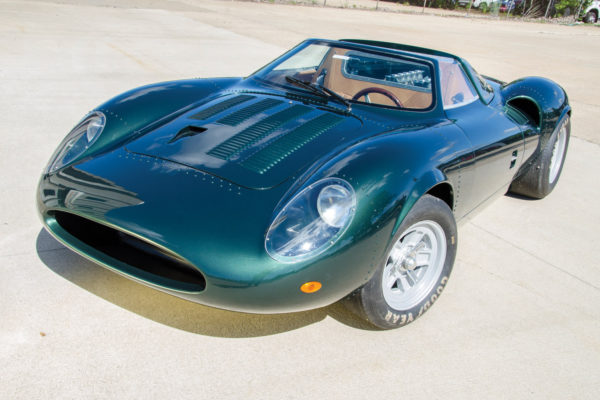
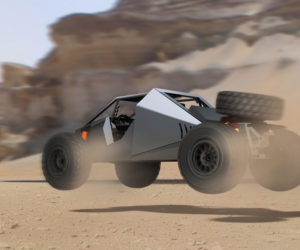
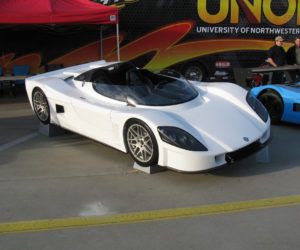
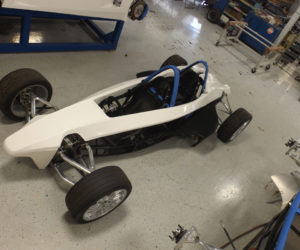
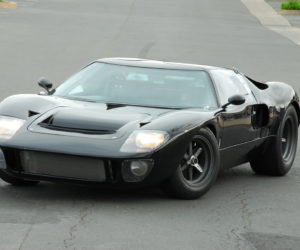
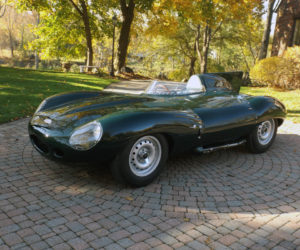
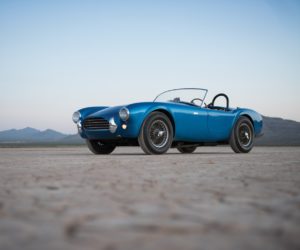




Comments for: Elusive Cat
comments powered by Disqus